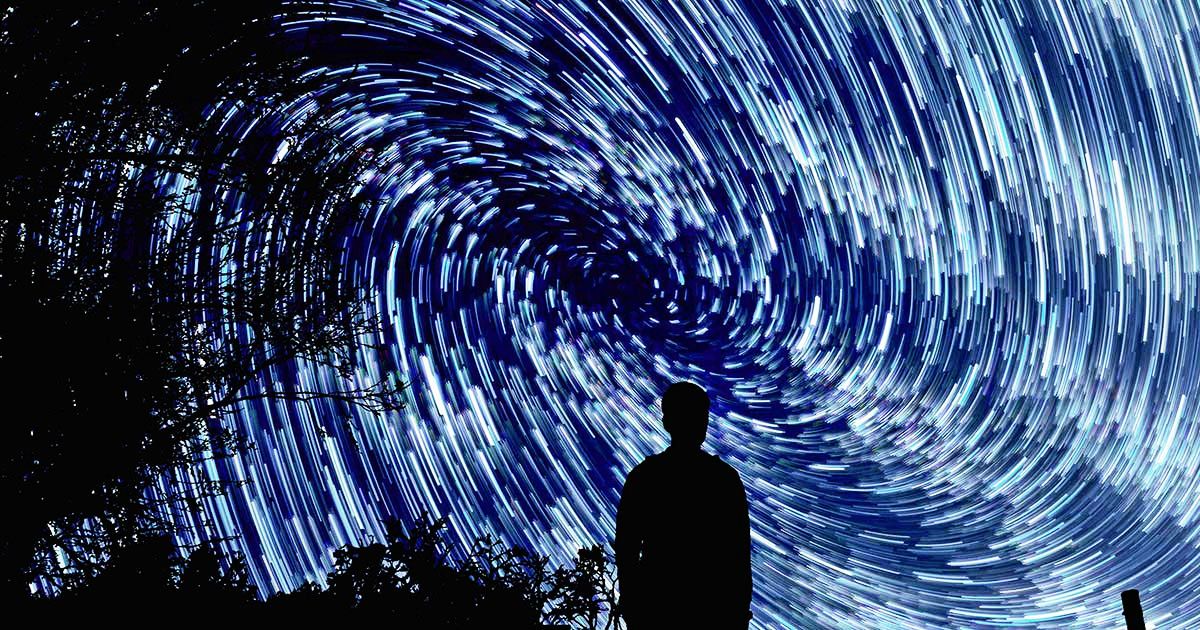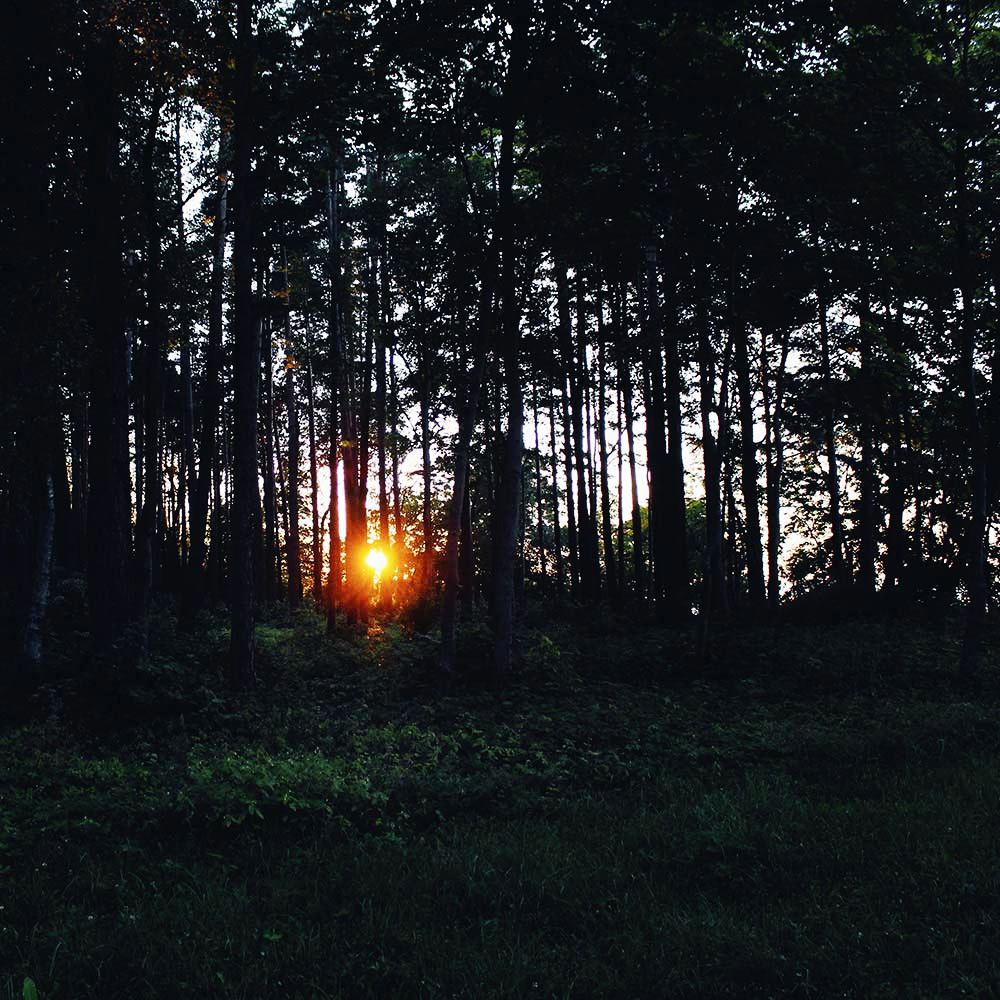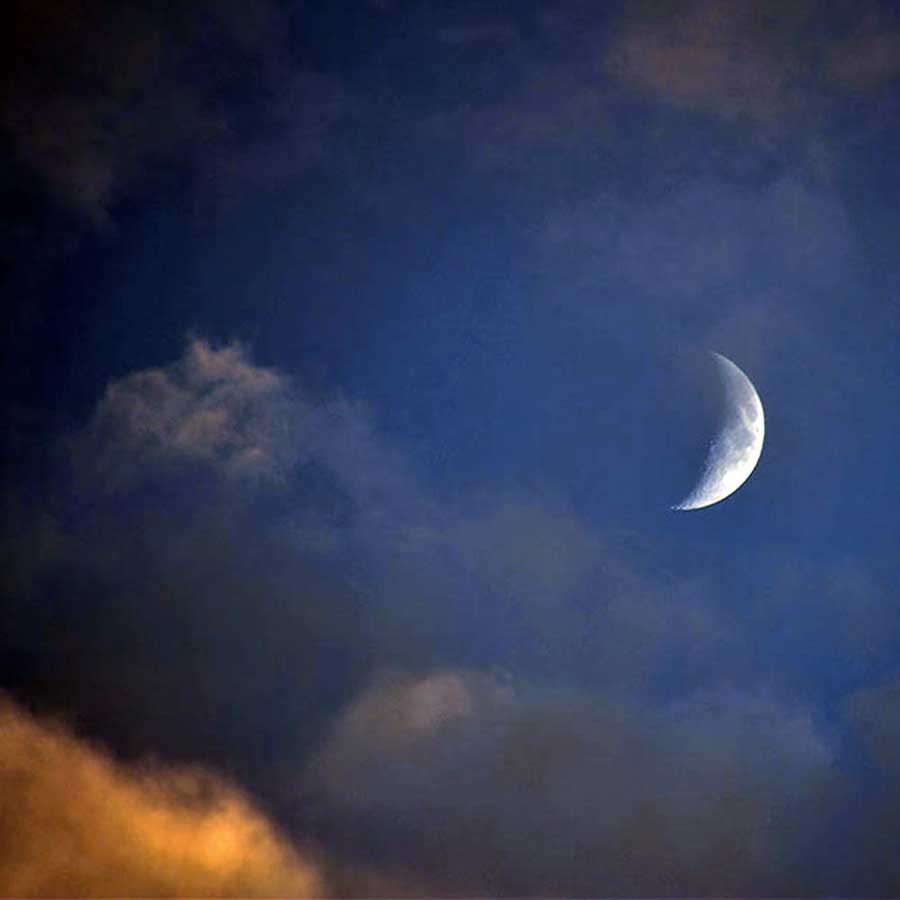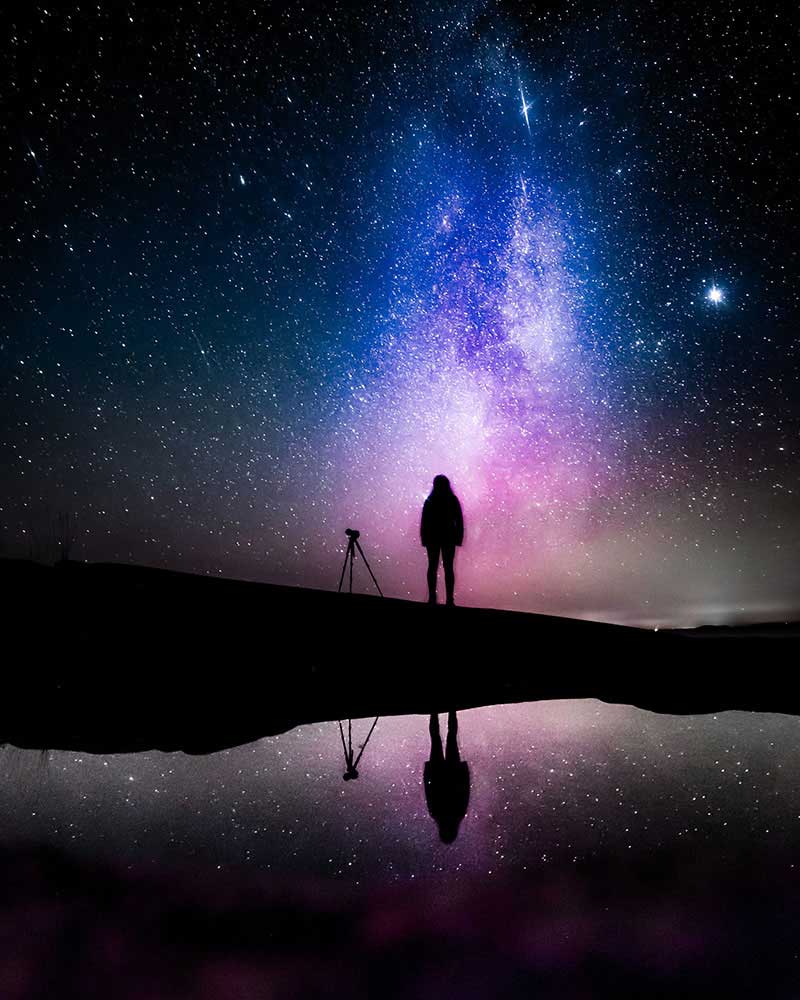Is time linear, the way most of us in the modern world experience it, or is it cyclical, the way our ancestors existed in it?
- Story by James Inabinet, Ph.D.
Before linear time, for nearly the entire expanse of human experience, there was cyclical time too, rhythmic time. Cyclical time was the lived experience of the masses even up to now. For the all-too-many living on the margins of poverty, no clock rules their existence. They are the “shiftless.” There are no shifts to work, no shifts that follow the hands of a clock. Outside of the world of money and work and clocks, the natural sense of time on Earth as directly experienced right now is less linear and more cyclical – the seasons, the daily cycle, the phases of the moon. Rhythmic time speaks of an eternal order, the light and dark of the seasons, the growth and decay of all things coming into being, to do and go, only to come again. Watching a river flow, unchanging through its continued change, enables an idea of timelessness, of an eternal time that can be experienced by simply being outside, a part of the changing reality and eternity of a single day. Linear time is connected to the past, to memory; we experience it by looking back. By contrast, rhythmic time is the eternal now, always in front of us, right now. It speaks of what was, but in its recurrent reality, now, a story told by the rising sun each dawn.
A day begins in the dead of night from which daylight inexorably bursts forth as Apollo’s chariot completes its round. At night, stillness reigns. Little moves. What does move can only be heard – now. Sight is useless in the dim moonlight of a crescent moon. With straining ears, the night sojourner faintly hears the far off frogs in the pond and the leaf-rustling of an armadillo across the way digging up a worm or grub, rooting more like a pig than a pig itself. There he leaves a cone-shaped, ankle-breaking hole. Unmoving stillness is what midnight looks like; silence is its roar in a sleeping world. Yet one never fully feels alone in the night forest, and to be sure, not all of the forest is sleeping. The night sojourner ever feels like she’s being stared at: the watchful owl on the limb, the fearful golden mouse on the trail edge, the thousands of wolf spiders scurrying along the ground against the lumbering giant’s footfall. One is never alone in a forest. Finally a faint eastern glow begins to push back the shadows. The world is coming to life. Morning looks like the morning glory, blooming to meet the sunlight of day. Morning sounds like the cardinals in the fetterbush thicket–tick-tick-tick-tick-tick–picking off the leaf-eating caterpillars. Morning sounds like the buzzing solitary bee that visits the meadowbeauty at the forest edge. The sunlight traces paths a hundred-fold through the morning mist, seeking, it seems, any path to bring light to the forest floor. As the day progresses, the flurry of activity slowly ceases until only the occasional bird or the occasional bee remains. The sun finds a more direct route to the ground now. There is less forest to obstruct its path from overhead.
As the day wanes, the pace quickens again as the animals almost frantically search for their supper. The morning glories are now long closed up in preparation for the sleep of night. As night falls, the stillness that reigned the night before resumes. The regnant shadows cloak what in the light of day was a mere pine stump. Now in the shadows it is a hunched over, wooly monster, created in the mind’s eye of fantasy and memory. A day is felt more than seen, and in that feeling one becomes a participant, a co-creator, in the wonders of place, space, and time.
Australian Aborigines are co-creators in this way. In his daily experience, Big Bill Neidjiee sings his world into being in the dreaming (as recorded by T. C. McCluhan). I feel it with my body, with my blood. Feeling all these trees, all this country ... When this wind blows you can feel it. Same for country ... you feel it. You can look, but feeling ... That make you. Comments are closed.
|
Categories
All
Archives
July 2024
|
Shoofly Magazine Partners
Our Shoofly Partners are local businesses and organizations who share our mission to enrich community life in Bay St. Louis, Waveland, Diamondhead and Pass Christian. These are limited in number to maximize visibility. Email us now to become a Shoofly Partner!


































 RSS Feed
RSS Feed























